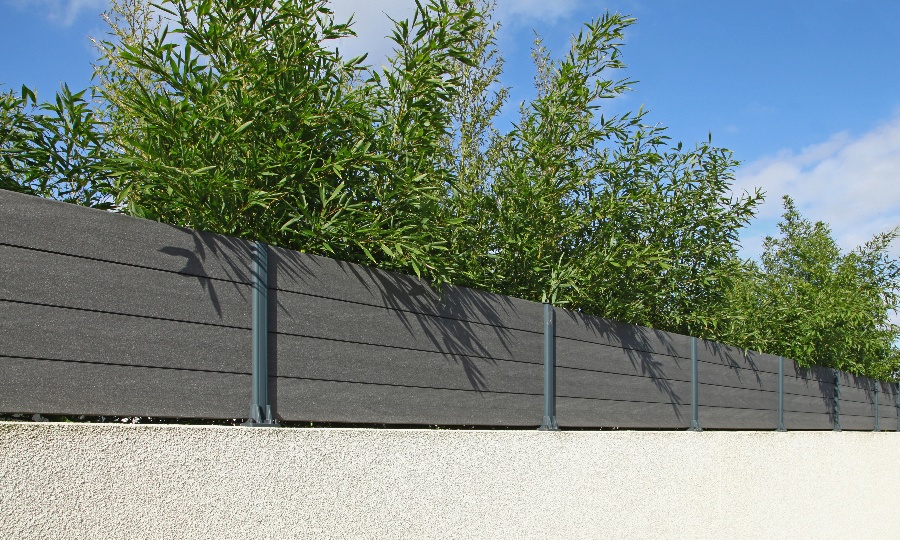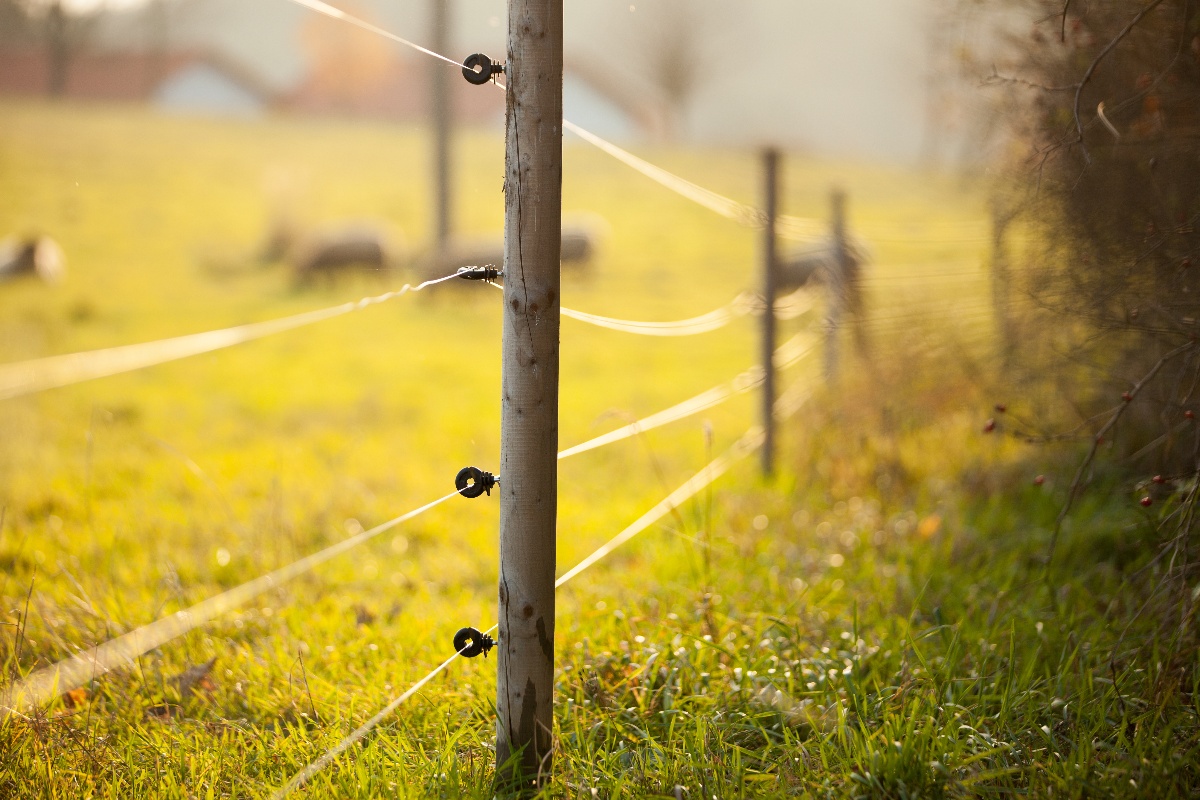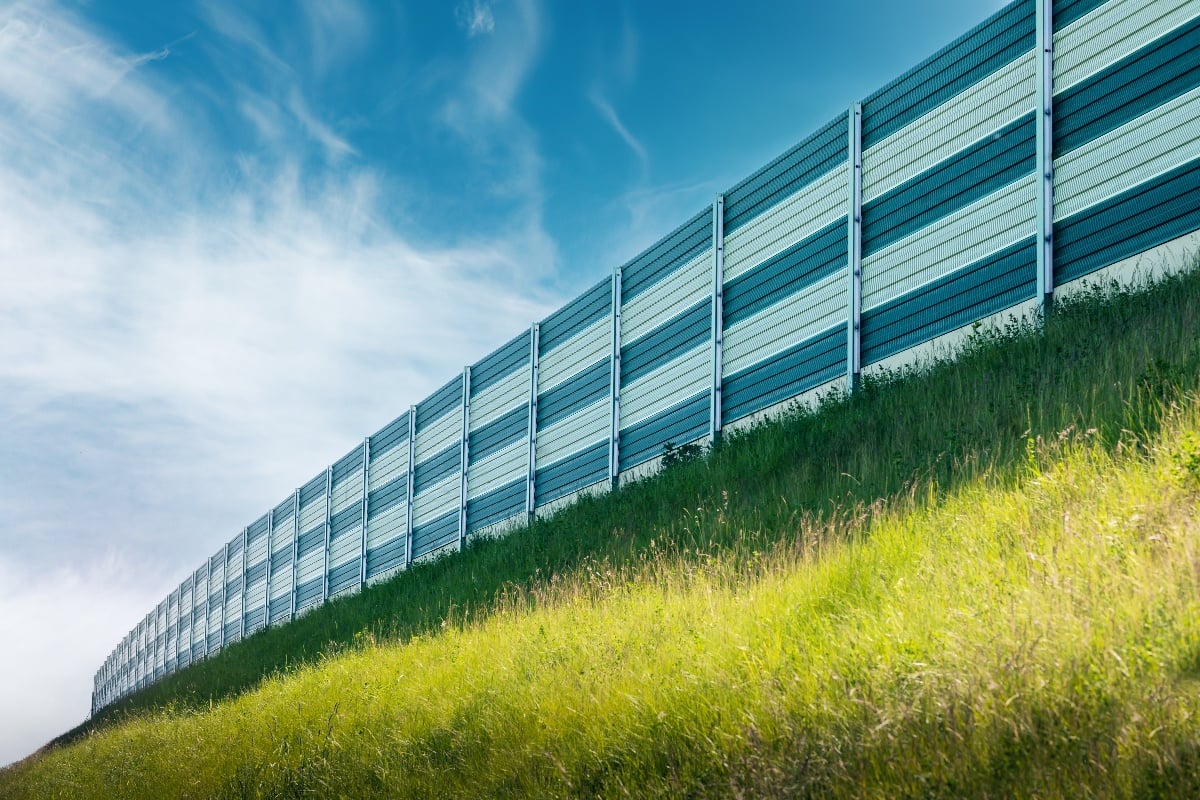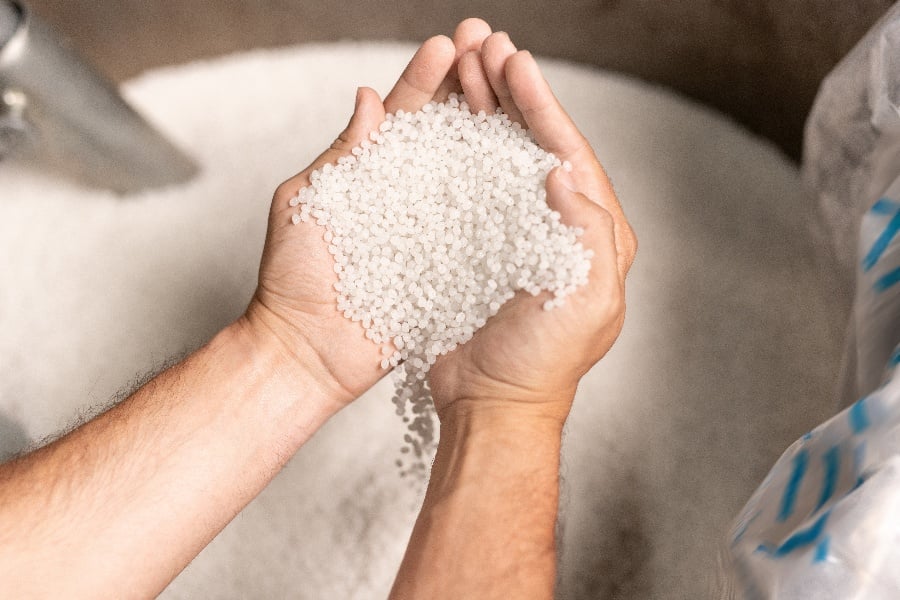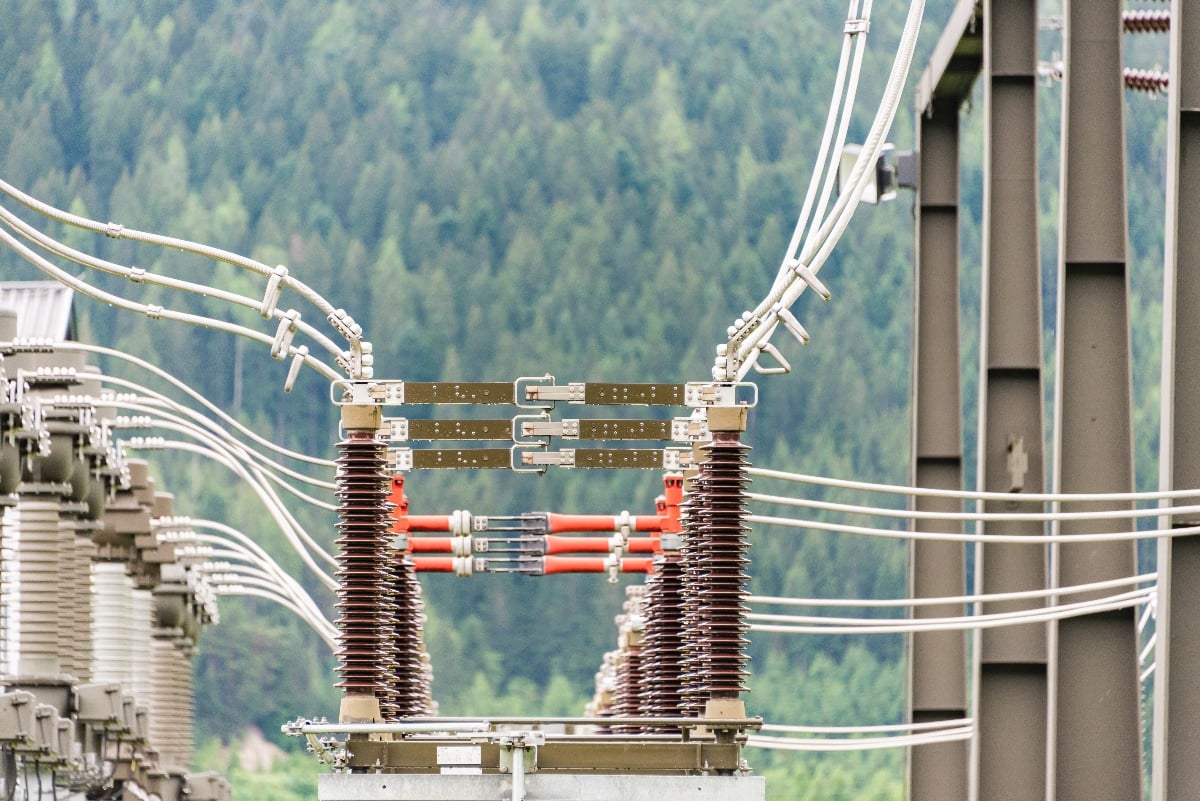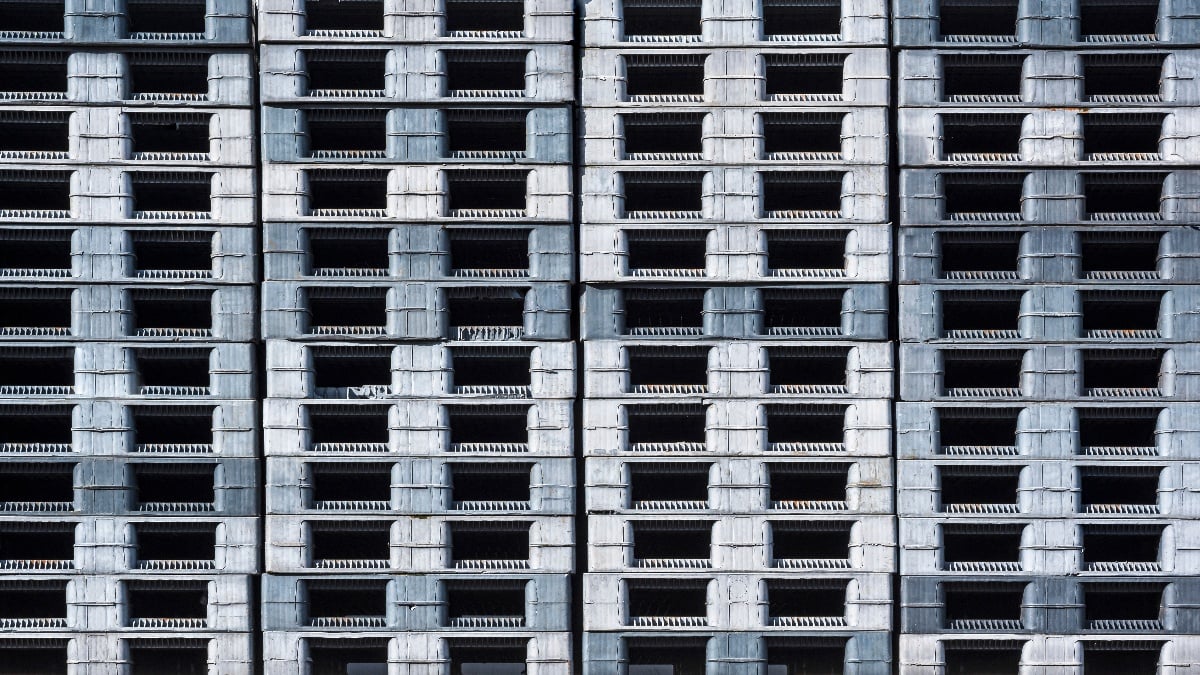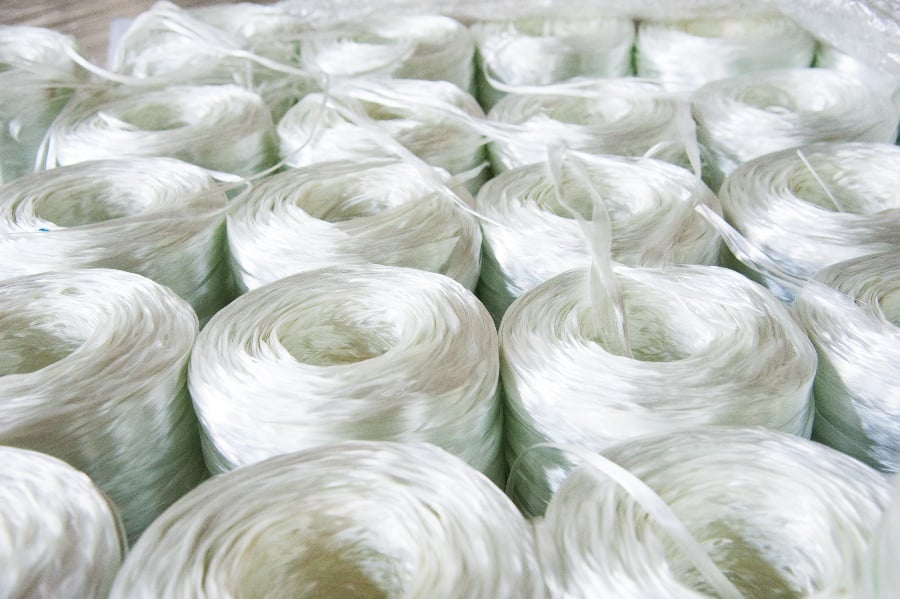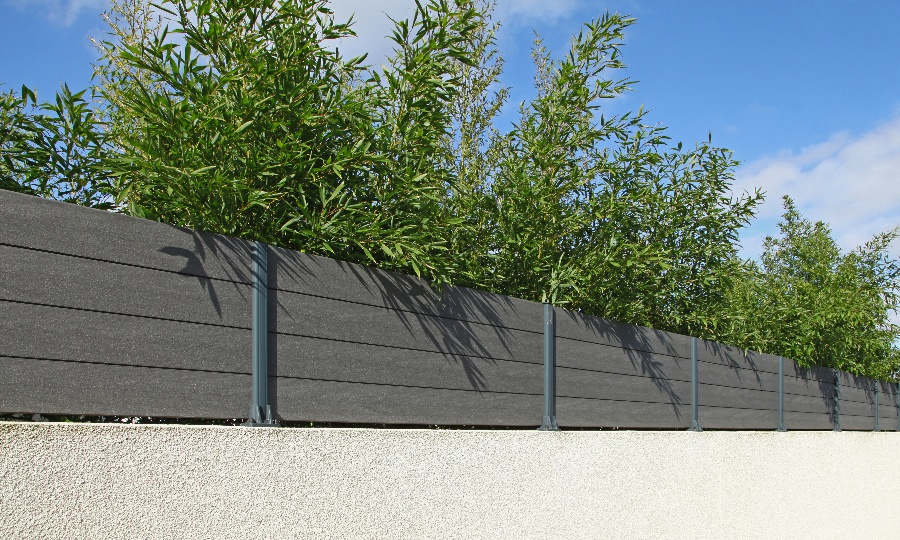
Wood fences have been around for hundreds of years and are crafted in a variety of styles and painted or stained with different colors. In some areas of the United States, materials such as cedar and redwood are preferred because of their resistance to rot and insects.
However, other types of wood are also used. To make the wood fences last longer, they are often treated pressure treated and painted or stained. Prior to finishing, non-pressure-treated boards or fences should be coated with a preservative.
While composite fencing and wood fencing perform the same function, they differ from one another in several ways. Until fairly recently, wood fencing has had few market competitors, but composites are now offering an appealing alternative. Composite fence boards are made from a mixture of materials that, when fused together in the manufacturing process, produce a material stronger than their components. These materials may then be mixed with resins and pultruded to create the final product. They create an eco-friendly alternative to standard fencing.
On initial installation, wood costs less than either composite or vinyl though it requires regular maintenance. Once or twice a year, a wood fence will have to be pressure washed. And, once in two or three years, it should be repainted or stained. Meanwhile, cedar and redwood fencing may be left to weather naturally. Every few years, a clear preservative should be applied. Over time, the cost of wood fencing may work out to exceed the cost of other fence types because of the additional maintenance required.
Another option is vinyl which can be washed and can last a long time. But, vinyl fencing uses wood posts which mean they (the posts) are susceptible to rot, crack and decay. Then, there’s the chain-link fence though this does not provide much a privacy barrier.
Consider the differences in cost, maintenance, durability and appearance when choosing between a composite vs wood or vinyl fence. So, before you install a fence on your property, weigh the pros and cons of each material.
Items to Consider Before Making a Fence Decision
However, before you purchase materials, we recommend checking with your local city, town, or township building codes to find out if you require a permit to build a fence. If you own a property within a housing development or subdivision, check with your Homeowner’s Association (HOA) to find out if there are any restrictions on the type of fencing materials you can use. For example, some Covenants, Conditions & Restrictions (CC & Rs) in HOAs may not allow vinyl fencing and there may be height restrictions that can affect your privacy fencing.
Once you have gathered the proper information and (if applicable) permits, you’ll be able to make a decision on which materials work best for your needs.
In general, developers, building/project managers and property owners are increasingly turning to composites for their residential projects. A manufacturing technique such as pultrusion provides profiles that are high-strength and durable solutions and will outlast wood for years to come.
Increasing Demand
According to a report by the European Pultrusion Technology Association (EPTA), more builders, engineers and home builders are discovering the benefits of pultrusion and are finding ways to incorporate composites in residential housing developments.
The report finds that pultruded products are increasingly being used in window and door systems, exterior trim, decking, pergolas, as well as columns and fencing. All of these products are able to withstand the stress of being subjected to unrelenting weather elements and critter damage. Over time, wood fencing can rot, warp, be ruined by its exposure to the sun and elements like wind, heavy rain, snow, dust, dirt, and insects.
Plus Points for Composite Fences
- Composite fencing comes in many variations. Some fences have solid, not hollow, boards. Sometimes, these have a layer of PVC and are “capped” or “co-extruded”. In some cases, construction is similar to that of a wood fence although many various components are often required. The common denominator is that they are made with recycled fibers, plastics, and binding agents.
- Composite fencing looks and feels like wood more so than vinyl. However, it does not require the maintenance and tender loving care of wood. Composites can be manufactured in the colors of natural wood, but it is also available in stained or painted wood colors to increase curb appeal.
- Just like vinyl, composite fences do not need to be stained or painted and are low maintenance ─ only a garden hose and mild detergent are needed for cleaning. Composite fencing is assembled with traditional fasteners and do not need specially made brackets.
- Composite fencing is kind to the environment. Up to 95% of materials used to make composites can be recycled, and some manufacturers use a nearly waste-free manufacturing system. Composite materials are free from toxic additives. In contrast, pressure-treated wood is often used for vertical fence posts and horizontal rails that form the structure of the fence and usually are filled with chemicals to make it resistant to insects. Beyond the reduction in chemicals, pultruded profiles can be recycled at the end of its life.
A major issue with climate change is the loss of entire ecosystems used to produce wood products. Pultruded products can help cut down on deforestation. The devastation that has been inflicted on wildlife and natural habitats cannot be repaired by simply planting new trees. Therefore, commercially, continuing to manufacture products using wood is not sustainable. - Composites provide the best long term value. While wood may be cheaper to install in the beginning, wood has a shorter life-expectancy. Over time, the costs for maintenance, repair and replacement can add up and may add up.
A summary of the advantages include:
- Sustainable
- Low maintenance
- Weather resistant
- Pest-resistant
- High tensile strength
- Easy to install
The one downside is that composite fencing can be slightly pricier than some wood options. Bear in mind that wood fences require much more maintenance work and added costs such as wood treatments, cleaning products and sealers in order to keep the fence in good working shape.
All Things Considered
When considering the total cost of ownership, it may be more economical to go with the composite option. Composite fences can replace many of the traditional wood products used in residential and commercial properties utilities. This paves the way forward for pultruded profiles in a world with ever rising material costs.
Contact Tencom to find out how we can customize composite products for your next project today.

